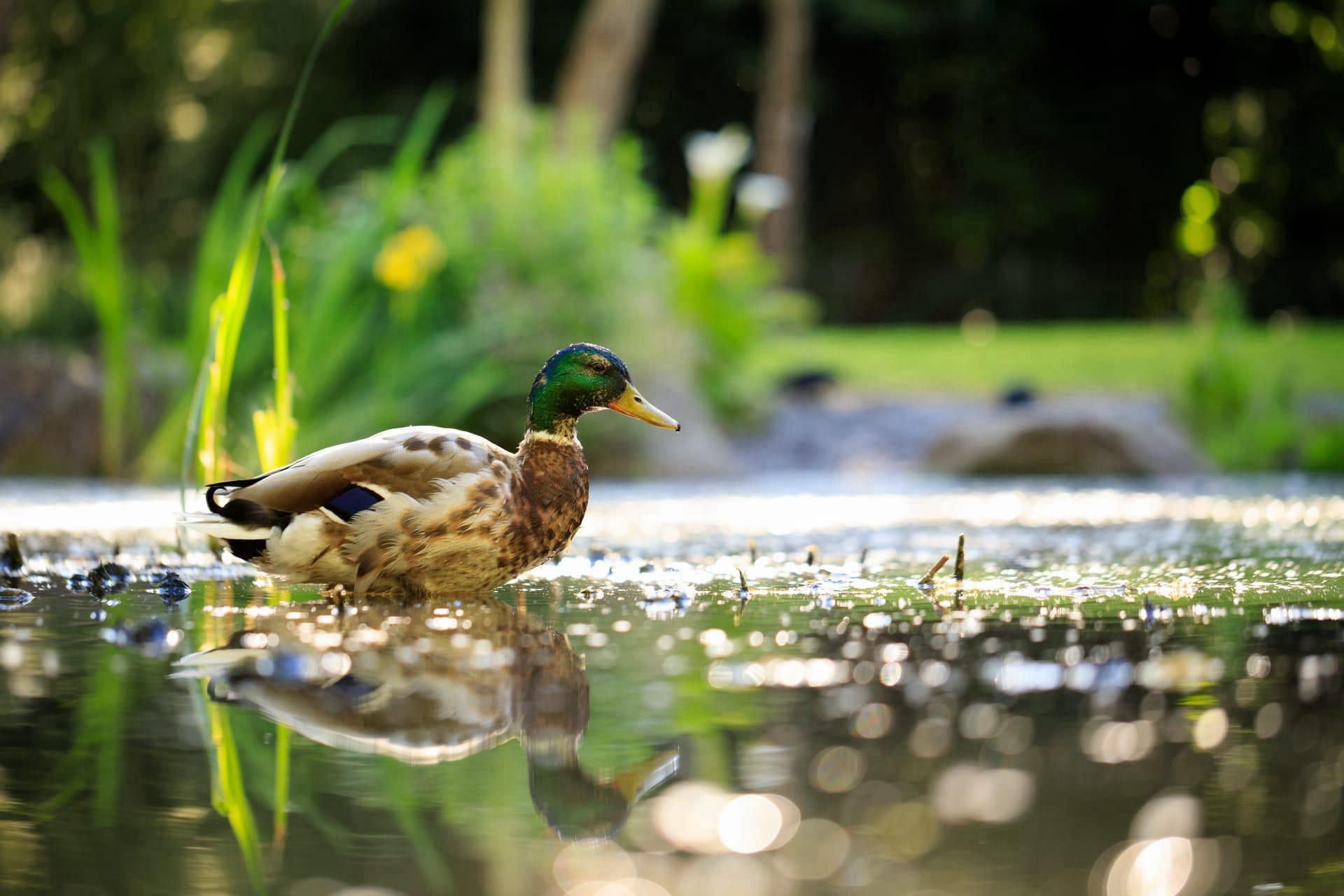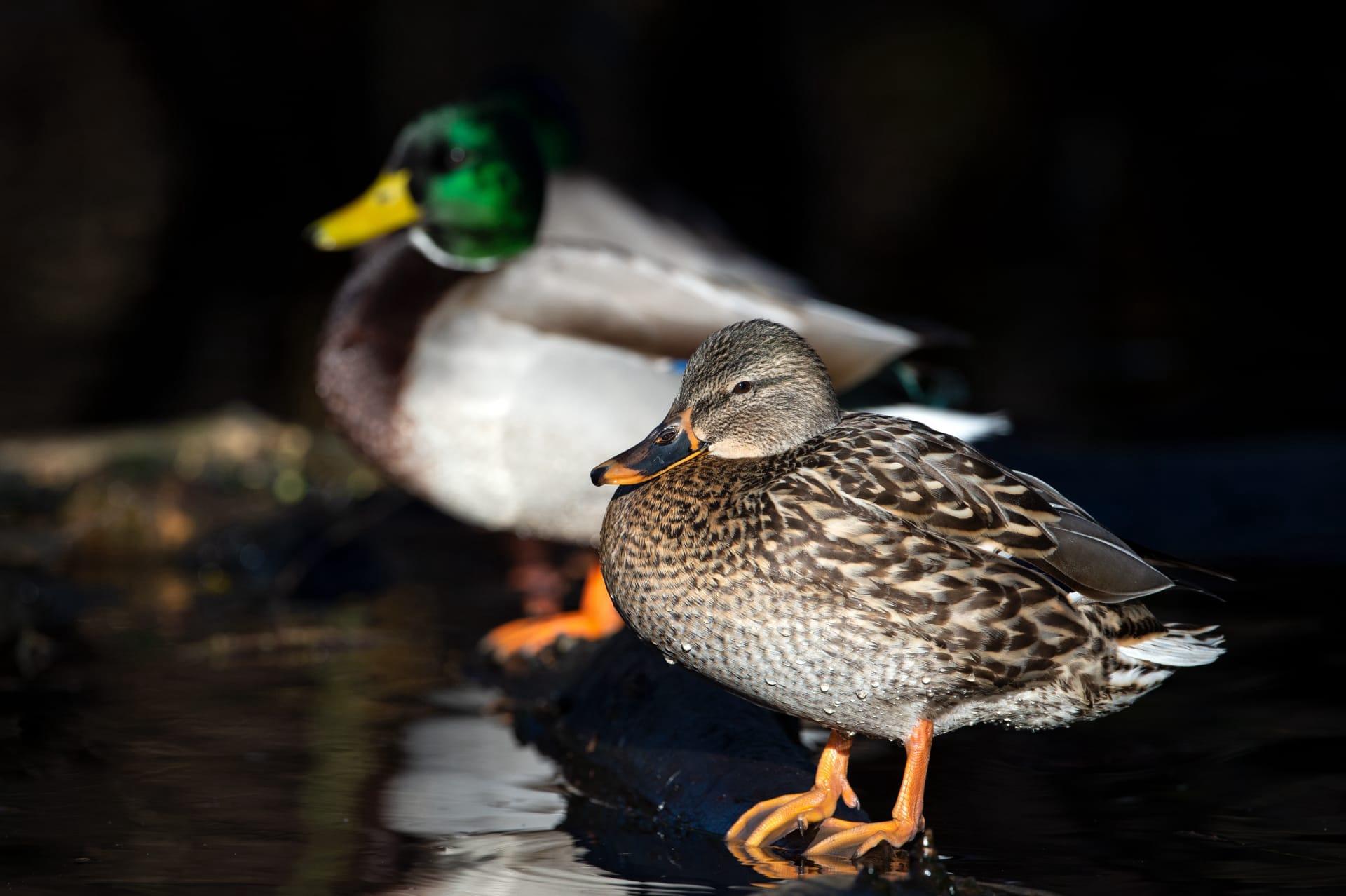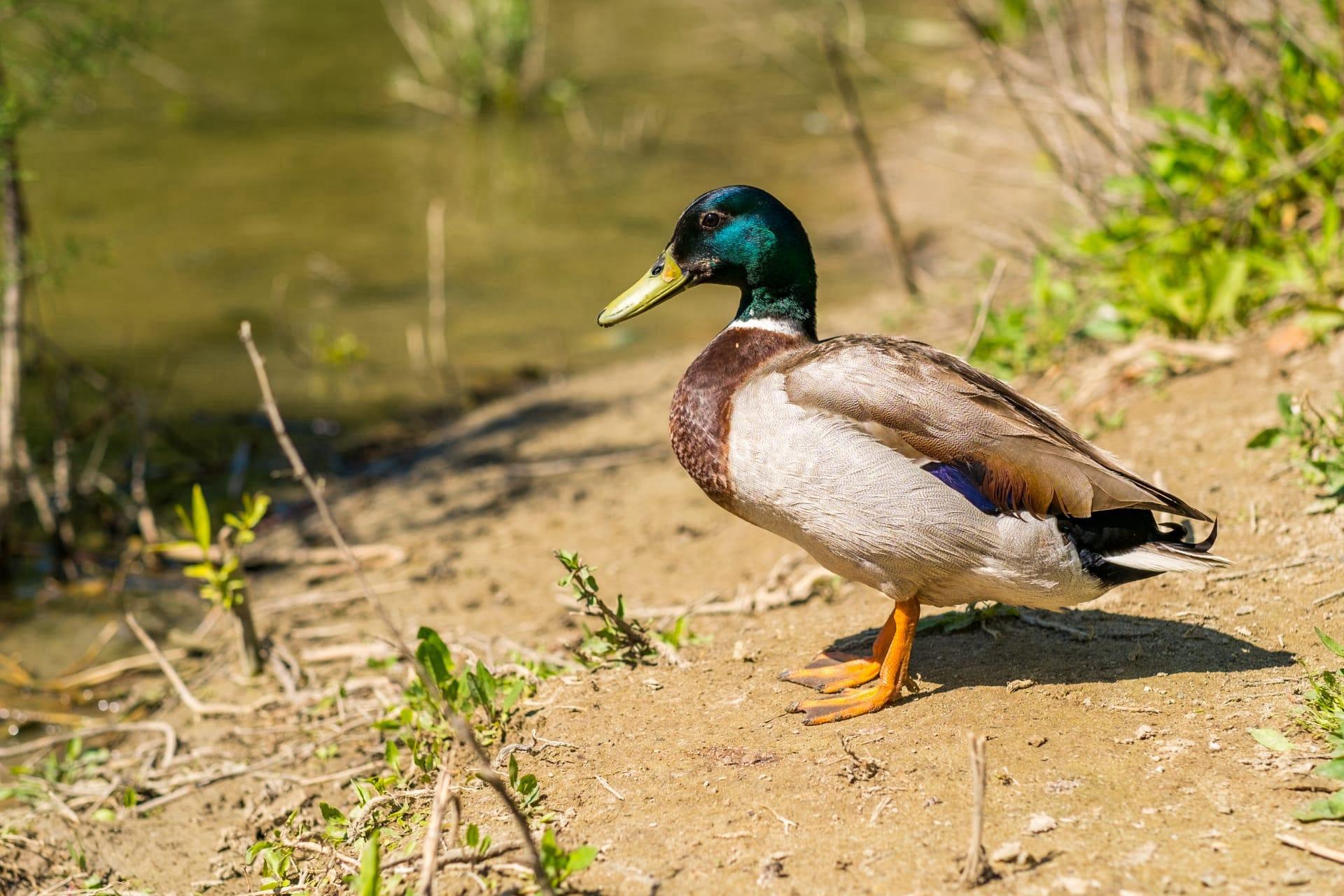Teal Characteristics
- Home /
- Mini Encyclopedia /
- Animal /
- Teal Characteristics
1
Teal ducks, a group within the larger family of waterfowl, are known for their small size and distinctive coloration. Typically, they range from 20 to 30 centimeters in length and weigh between 250 to 400 grams, a size that makes them one of the smaller members of the duck family. Their lifespan in the wild averages around 10 years, although this can vary based on environmental factors and predation. These ducks are highly adaptable, thriving in various wetland habitats across the globe.
One of the most remarkable organs in a teal duck is its beak. Adapted over millennia, the beak of a teal is not just for foraging; it’s a highly sensitive tool. The edges of the beak are lined with tiny, nerve-filled structures called lamellae, which act like a sieve. When the teal feeds, it uses these lamellae to filter small insects and crustaceans from the water. This specialized beak allows teals to efficiently find food in murky waters, giving them an edge in various environments.

2
Question: What distinguishes the male teal from the female in terms of appearance?
Answer: The key distinction between male and female teals is their coloration. Male teals, especially during the breeding season, exhibit vibrant plumage with bold colors and patterns. They often have bright green patches on their wings, known as speculum, and striking head patterns with combinations of chestnut, green, and black. In contrast, female teals are more camouflaged, with mottled brown feathers covering their bodies. This difference in appearance is a common trait in the duck family, known as sexual dimorphism, where males are more brightly colored to attract mates while females blend into the environment for protection, especially when nesting.

3
Teal ducks are known for their agility and speed in both flying and swimming. They are among the fastest ducks in flight, reaching speeds of up to 70 kilometers per hour. Their small size and rapid wing beats make them highly maneuverable, allowing them to twist and turn through the air with remarkable dexterity. This agility is crucial for avoiding predators and navigating through dense wetland vegetation.
In terms of hunting and feeding, teal ducks are dabbling ducks. They feed mainly on the water's surface, tipping forward to graze on aquatic plants, seeds, and small invertebrates. Unlike diving ducks, teals rarely submerge completely. They are opportunistic feeders and will sometimes feed on land, foraging for grains and insects. Their diet varies with the season and available resources, demonstrating their adaptability to different environments.

4
Teal ducks inhabit a variety of wetland habitats, including marshes, rivers, lakes, and estuaries. They prefer shallow waters rich in aquatic vegetation, which provide both food and cover. Teals are migratory birds, often traveling long distances between breeding and wintering grounds. During migration, they can be found in a wide range of environments, demonstrating their adaptability to different ecological conditions.
Regarding reproduction, teal ducks are ground nesters, typically laying their eggs in dense vegetation near water bodies. The female usually lays 8 to 12 eggs, which she incubates for about 3-4 weeks. Once hatched, the ducklings are precocial, meaning they are relatively mature and mobile from the moment of birth. The mother leads them to water soon after hatching, where they start feeding themselves. The survival of ducklings is heavily dependent on the availability of suitable wetland habitats and protection from predators.

5
Book: "The Teal: Life and Times of a Little Duck" - This book, authored by British ornithologist Michael Brooke, was published in the United Kingdom in the late 20th century. It explores the life cycle, habitat, and behavior of teal ducks in great detail. Brooke uses his extensive field research to provide insights into the ecological role of these small ducks, highlighting their importance in wetland ecosystems.
Book: "Wings of the Teal: Migration and Conservation" - Authored by American biologist Sarah Thompson, this early 21st-century publication delves into the migratory patterns of teal ducks across North America. Thompson's work focuses on the challenges faced by teals due to habitat loss and climate change. The book combines scientific research with conservation strategies, aiming to raise awareness and promote actions to protect these migratory waterfowl.